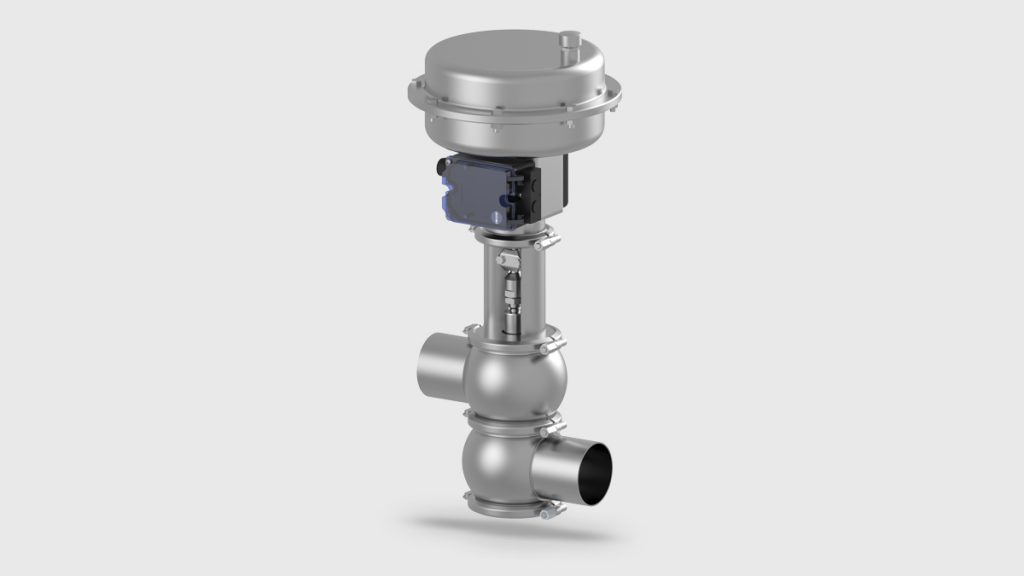
Temperature controllers control the temperature. It is a device that measures the temperature first and then compares it to the desired value or set value. Each temperature controller can perform thermal monitoring processes to various prioritized factors.
Manual temperature controller
This controller is strong and dense. It features advanced controls and a small footprint. It is often used to measure resistive load samples. Simple dials regulate input voltages. The sample heat and the input voltages are correlative to each other. A manual temperature controller is cost-efficient. This is not for processes where minute degrees of accuracy are important.
Basic temperature controller
A basic temperature controller has a level of automation. It costs more than a manual temperature controller. But it is not too expensive. It is usually integrated with thermocouple inputs. It allows automatic temperature regulation to preset values. The thermal data acquired using a basic temperature controller is accurate. It is more precise compared to a quantified measurement based on the input voltage. It is suitable for a lot of applications. But it is not suggested for temperature critical processes.

Precision temperature controller
A precision temperature controller provides superb control accuracy. It has digital displays that are easy to use. Thermal sensors are sensitive. It can track temperatures within +1.0 degrees Celsius and -1.0 degrees Celsius. Displays of temperature setpoints and processes are automatic. It allows automated temperature control. This controller offers a high level of precision. Precision temperature controllers set the standard for modern temperature controllers. It is easy to use and its level of accuracy is still unrivaled. This temperature controller also costs the most expensive.
There are temperature controllers with added safety equipment. This includes over-temperature limiting controls. These are usually for applications that are more demanding. Temperature controllers are often used in keeping the temperature inside the house regulated. This is to ensure that the temperature of the interior of a house is comfortable and uniform. A uniform temperature is important in a household. It means a limited change of temperature throughout a room or house. Most houses have a thermostat as a temperature controller. The temperature sensor is often inside the thermostat. But this is not always the case. Home thermostats are usually in a central location in the home. This is to ensure that the temperature sensed is an average of the total home temperature. You should maintain a proper temperature in your house.






